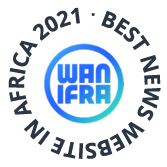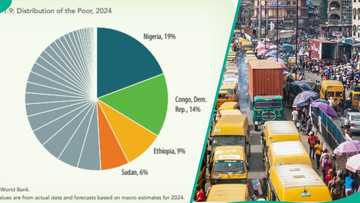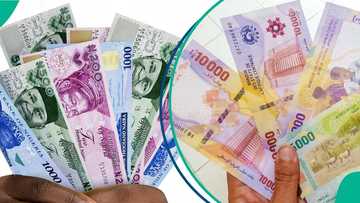Is Nigeria One of the Poorest Countries in Africa? IMF Ranks Top 10 in 2025
Legit.ng journalist Ruth Okwumbu-Imafidon has over a decade of experience in business reporting across digital and mainstream media.
The International Monetary Fund (IMF) has listed Africa’s poorest countries for 2025 based on GDP per capita (measured by purchasing power parity, or PPP). The report shows that millions of people across the continent still face serious economic hardships.
Many small African nations struggle because their banking systems are weak, resources are limited, and tax policies often discourage new investments.
Bigger countries face challenges like political instability, poor infrastructure, and ongoing conflicts that slow down their growth.
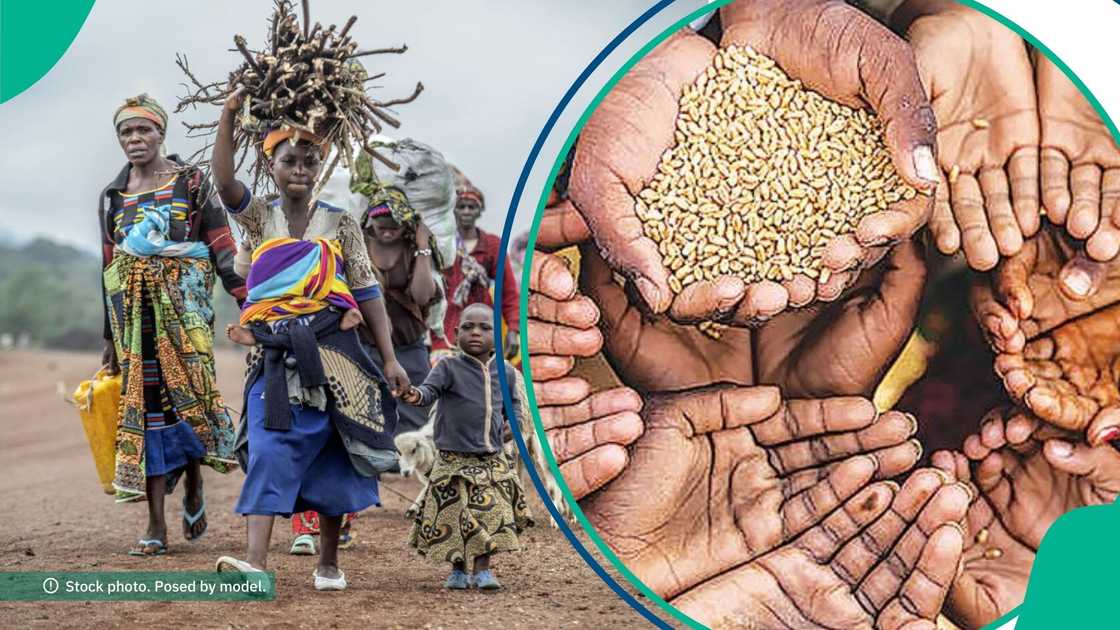
Source: UGC
In a previous report, Legit.ng had listed the top countries where the poorest people in the world can be found.
Although there have been improvements in trade and governance in some countries, achieving lasting economic stability remains difficult.
Experts believe that investing more in manufacturing, healthcare, and education could help these countries grow stronger.
Governments and international partners continue to look for long-term solutions to lift more people out of poverty.
How GDP per capita measures countries' wealth
According to Investopedia, Gross Domestic Product (GDP) is the total monetary or market value of all the finished goods and services produced within a country’s borders in a specific time period.
To better understand how wealthy or productive a country is for each person, GDP per capita is used. This divides the total GDP by the number of people in the country.
However, GDP per capita doesn’t reflect the differences in living costs between countries. That’s where Purchasing Power Parity (PPP) comes in — it adjusts for local prices and inflation, giving a more accurate picture of how living standards compare across different nations.
In an earlier report, Legit.ng examined Dr. Akinwumi Adesina, President of the African Development Bank (AfDB), and his reasons for the widespread poverty and slow development across Africa, despite the continent’s wealth in raw materials and natural resources.
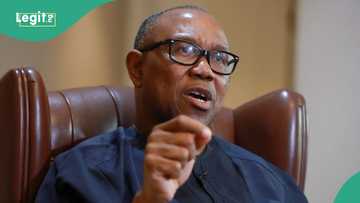
Read also
“Why Nigeria has more poor people than China, Indonesia, Vietnam combined,” Peter Obi speaks
Here are the 10 poorest countries in Africa by GDP per capita (PPP) as of February 25, 2025, according to IMF data:
1. South Sudan
GDP-PPP per capita: $960.24
South Sudan, the youngest country in Africa, faces extreme economic hardship worsened by ongoing violence, political unrest, and heavy dependence on oil exports. The country's economy is fragile and easily affected by global price changes, making sustainable development very difficult.
2. Burundi
GDP-PPP per capita: $1,009
Burundi remains one of the poorest countries, with most of its population relying on small-scale farming. Industrial growth is slow, and the country faces problems with trade and access to international markets, keeping economic progress limited.
3. Central African Republic (CAR)
GDP-PPP per capita: $1,314
Years of political instability have made it hard for the Central African Republic to attract investors or build sustainable businesses. Many citizens suffer from food shortages, lack of healthcare, and poor access to education.
4. Malawi
GDP-PPP per capita: $1,765
Malawi’s economy depends largely on agriculture, but environmental challenges like floods and droughts hurt production. Limited industrial growth means fewer jobs, and the country struggles to expand its economy beyond farming.
5. Mozambique
GDP-PPP per capita: $1,787
Mozambique faces frequent natural disasters like cyclones, which harm its economy. Though it is rich in natural resources like gas and minerals, poor management and political issues have slowed progress. Reforms are needed to unlock the country’s full potential.
6. Somalia
GDP-PPP per capita: $1,900
Ongoing insecurity and weak government systems have kept Somalia’s economy fragile. The country struggles to build industries or attract foreign investors, and many citizens lack access to basic services.
7. Democratic Republic of the Congo (DRC)
GDP-PPP per capita: $1,908
The DRC has vast natural wealth, including minerals like cobalt and copper. However, corruption, political conflict, and poor infrastructure mean that much of the population still lives in poverty, despite the country’s huge economic potential.
8. Liberia
GDP-PPP per capita: $2,003
Liberia is still recovering from years of civil war and economic crises. Although there have been improvements in governance and rebuilding efforts, widespread poverty remains, and the economy is still very fragile.
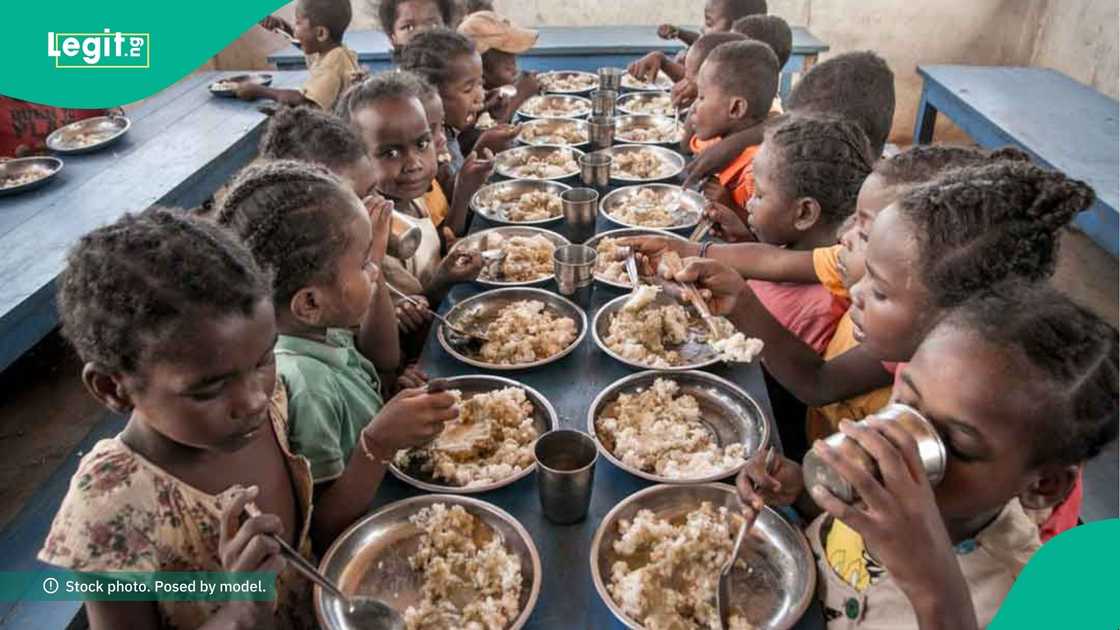
Source: UGC
9. Madagascar
GDP-PPP per capita: $2,062
Madagascar faces challenges from political instability, low industrial output, and frequent climate disasters like cyclones and droughts. The country’s economy relies heavily on farming and tourism, but investment in industries and infrastructure is needed for real growth.
10. Niger
GDP-PPP per capita: $2,084
Niger deals with rapid population growth, weak industrialization, and the harsh effects of climate change, such as desertification. These factors stretch the country’s limited resources, making it difficult to provide basic services like education and healthcare to its people.
World Bank predicts more Nigerians will be poorer
Meanwhile, Legit.ng earlier reported that the World Bank, in its latest Africa’s Pulse report, predicted that Nigerians could become poorer over the next two years.
The Bretton Woods institution pointed to several problems, such as a fragile economy, heavy reliance on oil, and poor governance.
The World Bank also urged Nigeria to carry out reforms that promote inclusive growth and improve how public funds are managed.
PAY ATTENTION: Сheck out news that is picked exactly for YOU ➡️ find the “Recommended for you” block on the home page and enjoy!
Source: Legit.ng

